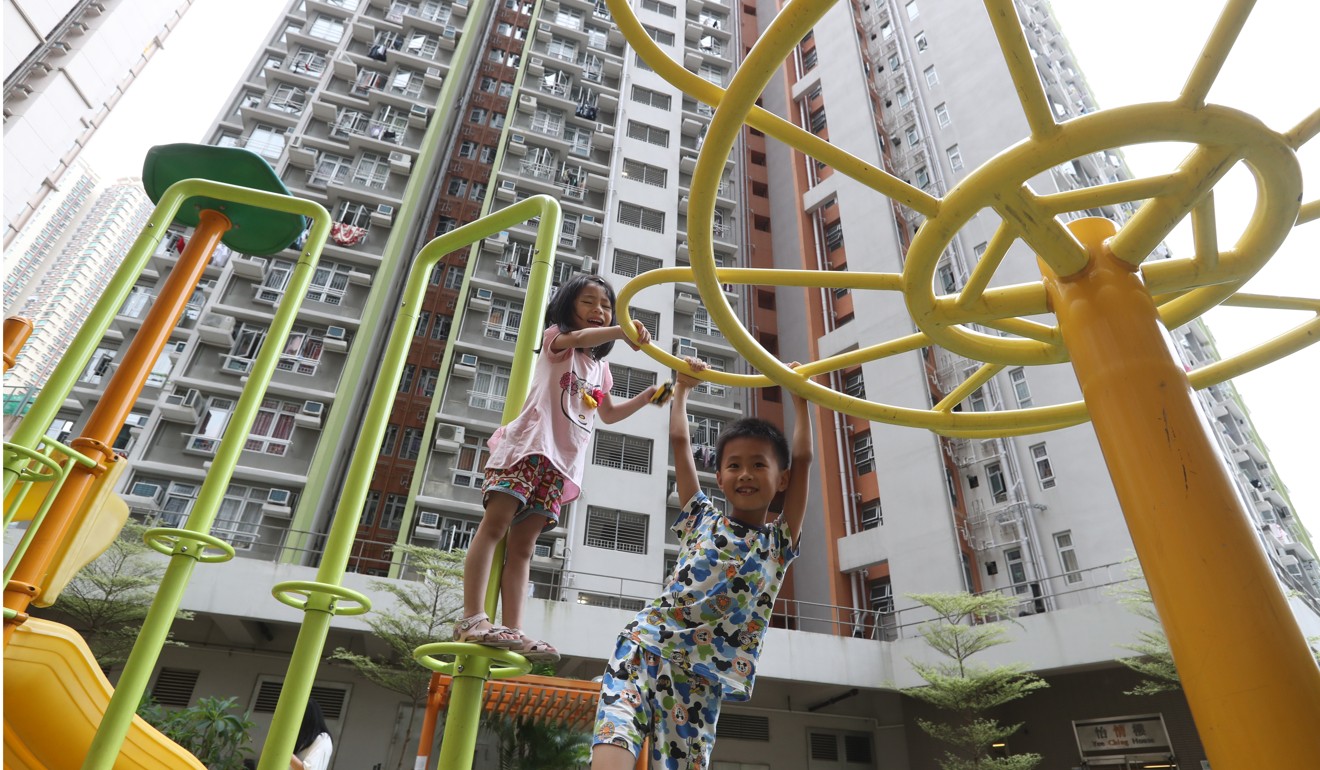
‘Careless’ task force slammed for neglecting land that could hold 84,000 flats in Hong Kong
Liber Research Community called on the Task Force on Land Supply to study the ‘real conditions and development potential’ of all brownfield areas
More than 84,000 public housing flats could be built on about 730 hectares of New Territories brownfield sites – equivalent to 38 Victoria Parks – which would help ease Hong Kong’s housing problems if the government and its land supply task force had not been “misleading” the public, a concern group said on Thursday.
The group, Liber Research Community, called on the Task Force on Land Supply to study the “real conditions and development potential” of all brownfield areas in Hong Kong, rather than readily accepting a government-commissioned report which concluded that more than 58 per cent of the sites were too “scattered” to use.

The 732 hectares, an area about the same size of Yau Tsim Mong district and mostly located in rural areas of Yuen Long such as Wang Toi Shan, Pat Heung, Wang Chau and Pok Wai South, have not been included in any official development plan.
Estimate of how many houses could be built on exclusive golf course ‘is reasonable’
The government report said Hong Kong had some 1,300 hectares of brownfield sites – damaged agricultural land mostly located in the New Territories. The report concluded – and the task force agreed – that the government should first redevelop 540 hectares in five big clusters and consider the other 760 hectares later because the sites were too scattered.
Task force urges caution when eyeing country park land
“The government is being irresponsible and misleading in telling the task force as well as the public that Hong Kong’s brownfield sites are too scattered to be redeveloped. And the task force is being unprofessional and careless in not blowing the whistle on such a basic mistake,” Liber researcher Wong Shui-hung said on Thursday.
Analysing its own brownfield map, the group identified 94 clusters in the New Territories with a total area of 1,171.5 hectares – or about seven times the size of Tsuen Wan town centre.
Only brownfield plots no more than 20 metres apart could be grouped into a cluster, and only a cluster larger than two hectares would be recognised under Liber’s criteria.
Liber found that 732 hectares – or more than 62 per cent of the total – had not been included in any official development project. Its “conservative estimate” found that 84,000 flats could be built if one-third of the “neglected” 732 hectares was used to develop public housing with six or 12 storeys.
“Using an average of 2.8 persons per household from official statistics, 84,000 flats could house 235,200 people, which is about the number of people living in subdivided flats,” Liber founder Chan Kim-ching said.
Future depends on reclamation, committee says
Some 209,700 people were crammed into 92,700 rooms subdivided from 27,100 flats, according to a 2016 government report.
The researchers acknowledged that the sites they looked at were generally the same as those identified by the government, but their method allowed them to see more development potential.
“It’s part of the task force’s duties to review the situation, the level of integration and the development potential of every brownfield site, but its members have been heavily relying on maps and the government-commissioned report, instead of doing field trips,” Chan said.
Task force chairman Stanley Wong Yuen-fai admitted that there were no indicators in the government report to define how the sites could be considered scattered or contiguous.
“The conditions of the sites were defined and described in relative terms,” Wong said. “Different studies may have different conclusions with different definitions.”
Wong denied that the government and the task force were neglecting some sites.
“That we agreed to prioritise the development of the 540 hectares of large, concentrated brownfield sites does not mean that we will give up on the other 760 hectares. We are just prioritising those requiring less time and having better development potential.”
Wong said no single solution could meet the city’s land shortage of some 1,200 hectares.
Wong also told the Post that later this month the task force would make an “inspection tour, which is not only for the brownfield sites”.

